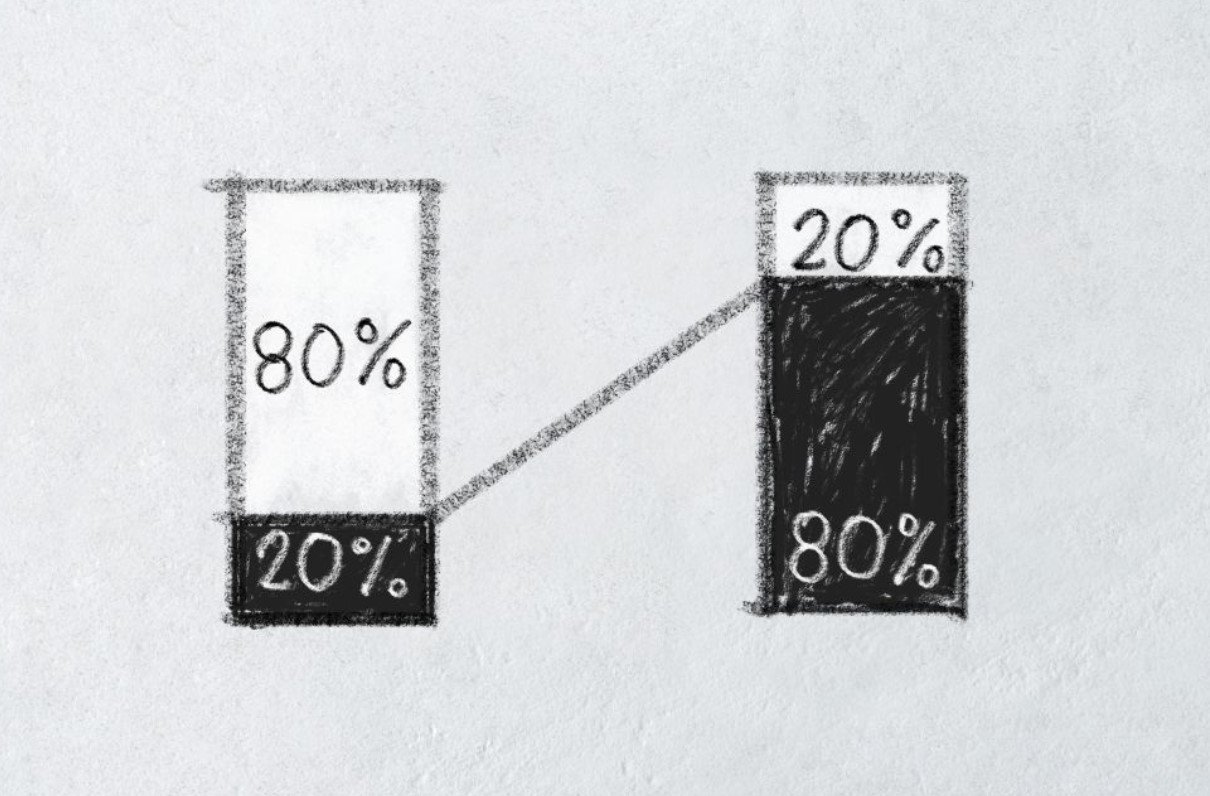
Every business encounters problems even if we can’t deny them, a successful business also has to face problems. But one thing is common in every successful business which is to effectively solve problems. When employees of a business are problem solvers, efficient, and empowered then every problem changes into an Opportunity. One of the best tools to solve problems is the Ishikawa diagram and Pareto Principle.
Pareto Principle and fishbone diagrams are visual diagrams that are usually used to show the major defects in a problem. If you want to know how the Ishikawa diagram changed the Project qualities you are in the right place, please keep reading.
What is Ishikawa Diagram?
Ishikawa diagram is also known as the fishbone diagram which is named by professor Kaoru Ishikawa who was the pioneer in the field of quality management. It became very famous in 1960, it is known as the fishbone diagram due to its resemblance with the fish structure.
Ishikawa diagram is a visual management tool that is used to discover the root causes of a problem. Ishikawa diagrams help us to group these problems and offer a structure to display these problems. Ishikawa diagram is used in many modern days problems in quality management.
How to use the Ishikawa diagram?
Fishbone diagram does not only provide visual information about the problems, but it is also very handy in breaking down a complex problem into simple steps which are easy to understand and solve. Here I will discuss 4 steps to use the Ishikawa diagram to solve problems.
1- Understanding of a Problem or Defining a Problem
Whether you are using a fishbone diagram to visualize a problem or not defining a problem is the most critical step to solving a problem. In terms of a diagram defining a problem features the head of the fish.
The problem statement will include an objective metric to check out the success of the project. For instance, the contact rate of abandonment is too high and is not helpful as the contact rate was up to 20% by last month.
Keep in mind two most important things
• If you are using a fishbone diagram to solve problems, instead of a problem you have to define the required outcome of the project in an objective and achievable way.
• Each bone in the fishbone diagram shows the potential causes but the cause close to the head will be more important than others.
•
2- Decide on the Categories of the Causes
Fishbone tools allow you to think about the potential causes of a problem in different categories represented by the bones. The number of causes of a given problem depends upon its complexity.
You can always choose categories that make sense according to your project but 6Ms are usually used.
• Man: People involved in the process
• Method: Process by which the project is done
• Machines: Equipment or tools used for the process
• Material: The raw inputs, parts, consumables, and so forth
• Measurement: data is used to derive results
• Mother nature: Condition under which the process is performed
3- Brainstorm Potential Causes and Identify Roots
After selecting the categories, the team goes through each of the categories one by one and tries to determine all the influencer factors that can affect the results. If the Potential reason is more like symptoms than the root of the problem. If this happens then 5 whys are used to determine the root cause of the problem.
In this step, the fishbone diagram is completed and now we will go to the next step.
4- Analyze the diagram and go further
The fishbone diagram does not give us a direct solution to the problems, Rather it helps us to focus on particular categories to find a solution. In this way, users identify the potential causes and then assess them and brainstorm all the information.
These four steps are used by project managers to solve problems.
Final Words:
In this blog post we have discussed how the Ishikawa diagram helps managers to solve the problem. It is a very simple yet effective method to find out the root causes of a problem.








